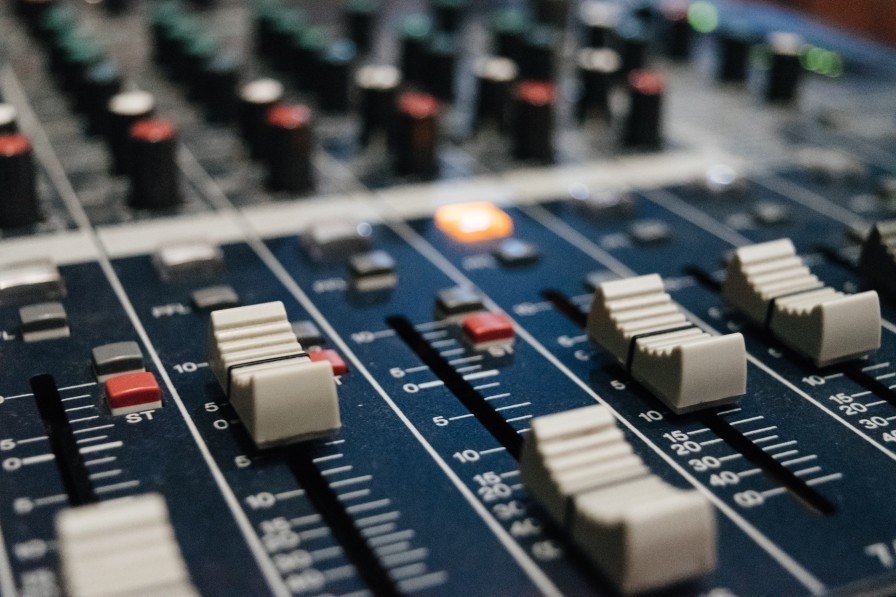Music Makes Lives Better Because… of the TOOLS we use!

Time to talk tools...
At Yorkshire Youth and Music, we use a range of different tools and techniques to engage the children we work with in potentially life changing musical activities.
Besides using music itself as a tool or ‘vehicle’ for improving a child’s self-esteem or the ability to engage with their lives in more healthy and proactive ways, we use a range of musical genres, instruments and technologies to improve the quality of what we can deliver during practical, music-making sessions with our participants. The music can be an end goal, but it is much more important for us to encourage exploration, experimentation, learning from mistakes and finding ways to express their own voice.
In our (now completed) Amazing Music Technology project, for example, children and young people with Profound and Multiple Learning Disabilities – or PMLD – (with the support of our brilliant facilitator, Andrew Cleaton) were able to engage in a level of musical activity not thought possible for these children, with outcomes that included increased levels of engagement and cognition from the children involved. Andrew is skilled at using adapted technology (specifically designed for physically disabled bodies), but is also a dab hand at adapting existing technology, such as sample control pads (used by DJs and other professionals) to give children with PMLD opportunities to make music in ways more accessible to them. Andrew isn’t just a technologist either. Even though he knows his stuff, he also understands the value of introducing children and young people (with all kinds of physical abilities) to traditional instruments, letting them push the keys or strum the strings to feel quality of the materials making the sounds.
Soundscapes – making music from the ambient or ‘natural’ sounds around us – are also useful in making meaningful music with young people in a range of settings. Again, our facilitators understand the value of having a varied toolbox, using body percussion, voice, instruments (both amplified and acoustic), sound recordings / sampling and emerging technologies to capture, record and manipulate sound snippets to create their own compositions. It’s an adaptable and approachable way in to making music with children who may not have had a solid music education foundation. Even with children like this, these projects can also be backed up with musical theory – again provided by our talented and knowledgeable project facilitators.
Most recently, a grant from Arts Council England’s Cultural Recovery Fund will allow us to invest in more up to date hardware and software to continue working in these fantastic ways with the most challenged of children across our region.

